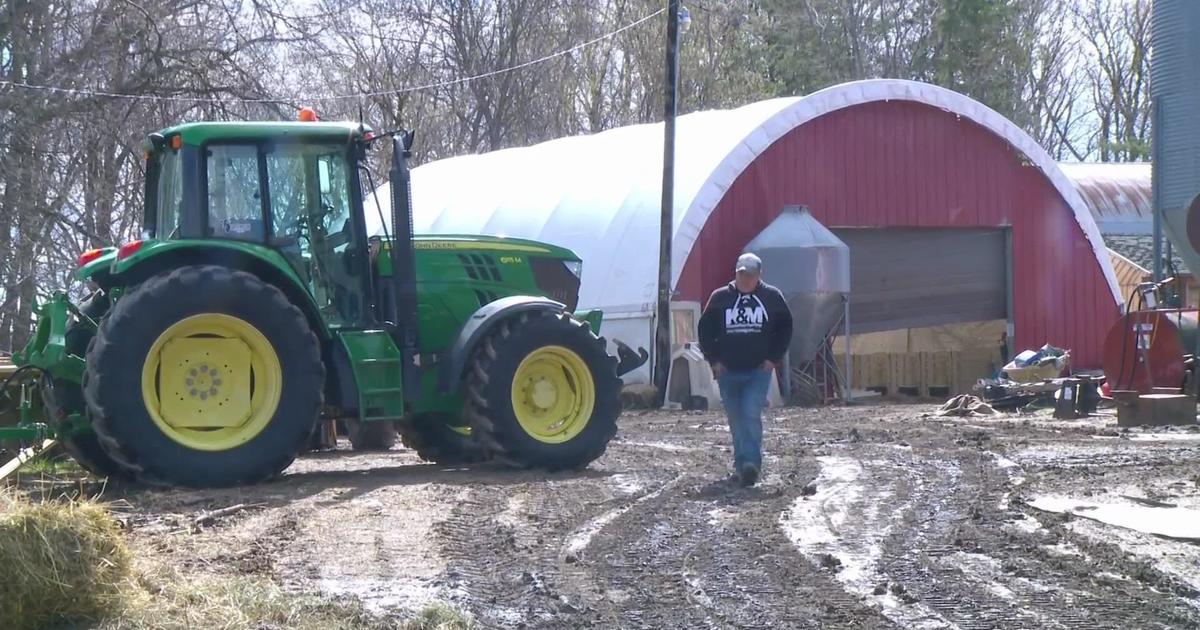Minnesota Farmers Speak To Gov. Walz On Drought's Impact
MINNEAPOLIS (WCCO) -- Dry fields were the topic of conversation for Minnesota farmers on Friday morning.
Gov. Tim Walz was part of a virtual call with farmers to talk about drought conditions and how they're affecting certain parts of the state.
"The comparison that a lot of farmers like to make is 1988, which was a dry year," said Tyler Sunderman.
As a 7th generation farmer in Le Sueur County, Sunderman believes the drought this year isn't quite as bad as 1988, but it's not far behind.
"So, in soybeans, we like to see three and four bean pods. And there is a lot of two bean pods," Sunderman said, describing his field.
That's a sure sign of stress related to prolonged heat and lack of rainfall. Stress that has become a topic of conversation among state leaders.
RELATED: 35% Of Minnesota Now Experiencing Extreme Drought Conditions
"Our neighbors are now starting to recognize that this is unusual and it's very dry. And I think drought is a hard one to convey to them the damage that it does and the stress that is brings to families and we're seeing that's it's not equally spread across the state," said Walz, during the virtual call.
Rainfall is about 6 inches below average in Le Sueur County. Sunderman said dry conditions will likely cause him to begin harvesting his soybeans this month as opposed to mid-September. Weaker plants are easily broken by strong winds so getting them out sooner than later is key.
"I would say this year we are probably on track for a harvest two to three weeks earlier than normal. I would say this particular field we may be harvesting in August which is generally not a good sign for yield," Sunderman said.
He believes much of the damage has already been done. The concern now is that any soil moisture that's left will be pulled in by this year's crops, creating potential drought problems for next year.
"For the most part, we are past the point of no return for most crops," Sunderman said. "That's farming, we have to be here for the long run. It's not necessarily about this crop it's about the next 20 to 25 crops."
Sunderman said it's hard to say how commodity prices will be impacted by the drought.
Minnesota and the Dakotas are often priced in with other states like Iowa, Illinois and Indiana, where it hasn't been quite as dry.



